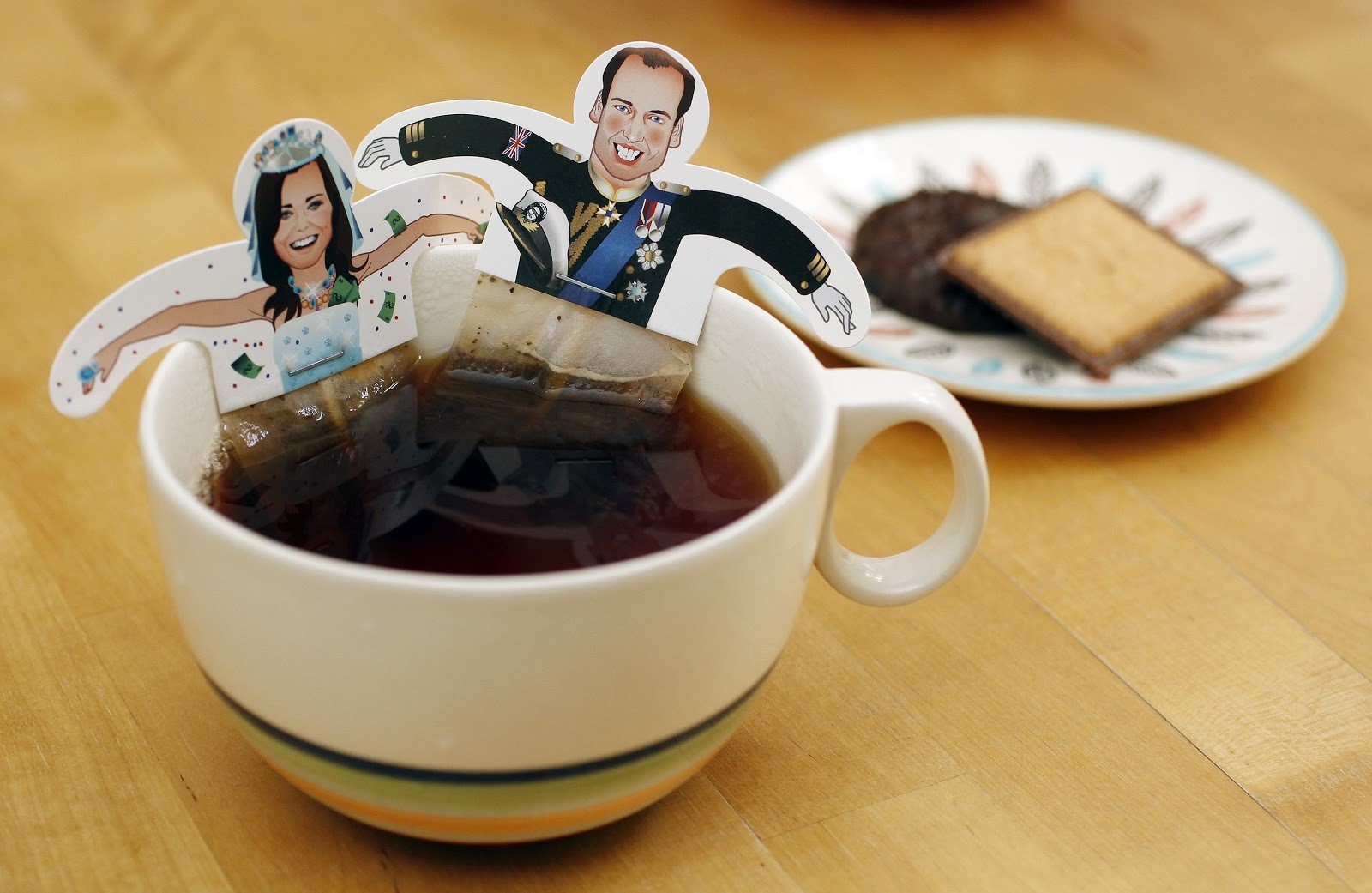Seaweed straws and loose-leaf tea: 6 ways to reduce plastic waste

In the past 65 years, plastic production has outpaced that of any other manufactured material Image: REUTERS/Arnd Wiegmann

Get involved with our crowdsourced digital platform to deliver impact at scale
Stay up to date:
Global Health
In the past 65 years, plastic production has substantially outpaced that of any other manufactured material. And while it is incredibly useful and versatile, the financial, as well as environmental, costs associated with the use, and misuse, of plastic can be huge.
Plastic is entering the food chain and harming the planet. Ninety-five percent of the economic value of plastic packaging is wasted because of low recycling and reuse rates, according to the World Economic Forum report The New Plastics Economy.
Countries such as Canada are banning single-use plastic. And brands including Coca-Cola, PepsiCo and Mars have pledged to reduce and reuse plastic, signing up to the World Economic Forum’s Loop Alliance – a zero-waste system that delivers products to people’s doorsteps in durable packaging that is then collected, refilled and reused.
There are other changes we can all make too. Here are six alternatives that could help cut single-plastic use plastic out of our daily lives.
1. Orange peel-inspired packaging
Orange and avocado peel is sturdy enough to keep the soft flesh fresh inside, but breaks down naturally.
TIPA, a World Economic Forum Tech Pioneer, says that what it it is aiming for with packaging made of compostable polymers that has the protective properties of plastic but will not stay around in the environment after its use

2. Seaweed straws
Bioplastics firm Loliware says its seaweed straws are durable – able to withstand 18 hours of continuous use – and biodegrade at the same rate as food waste, in less than 60 days.
“Single-use plastics should never be built to last, they should be designed to disappear,” says the company’s CEO Chelsea Fawn Briganti.
3. Loose-leaf tea, or greener bags

The British get through an estimated 160 million teabags each day. But many of those bags are sealed with plastic polymers – something brands such as Yorkshire Tea are working to change.
As the Dutch campaign group Plastic Soup Foundation notes: “Until companies that sell tea guarantee that their bags are 100% plastic free, consumers will not know if their beverage contains plastic. In any case, there is always a plastic-free alternative: buy loose tea and use a tea egg or a teapot filter.”
4. Palm-leaf bowls
While a throwaway bowl might be perfect for holding jelly and ice cream at a kids’ party, the single-use plastic waste generated is not so good for the planet.
Enter the palm-leaf bowl, made from the otherwise wasted leaves of the Areca Betal Palm, which are grown in India for their nuts.

5. Reusable coffee cups
It’s estimated that in the US 50 billion paper coffee cups are thrown away each year, because they’re made of a tricky-to-recycle mix of around 95% paper and 5% plastic.
The good news? People seem to be waking up to the problem and the market for reusable coffee cups is booming.
6. ‘Shrimp-wrapped’
Scottish company CuanTecis is making biodegradable food wrapping using a waste material from shellfish.

It extracts the naturally occurring biopolymer chitin, found in the shells of shellfish, from fish processing waste, ferments it into a more soluble form called chitosan and mixes it with other natural substances to create a flexible anti-microbial and compostable bioplastic film.
What is Loop?
Don't miss any update on this topic
Create a free account and access your personalized content collection with our latest publications and analyses.
License and Republishing
World Economic Forum articles may be republished in accordance with the Creative Commons Attribution-NonCommercial-NoDerivatives 4.0 International Public License, and in accordance with our Terms of Use.
The views expressed in this article are those of the author alone and not the World Economic Forum.
The Agenda Weekly
A weekly update of the most important issues driving the global agenda
You can unsubscribe at any time using the link in our emails. For more details, review our privacy policy.
More on Health and Healthcare SystemsSee all
Shyam Bishen and Annika Green
April 22, 2024
Johnny Wood
April 17, 2024
Adrian Gore
April 15, 2024
Fatemeh Aminpour, Ilan Katz and Jennifer Skattebol
April 15, 2024
Carel du Marchie Sarvaas
April 11, 2024








